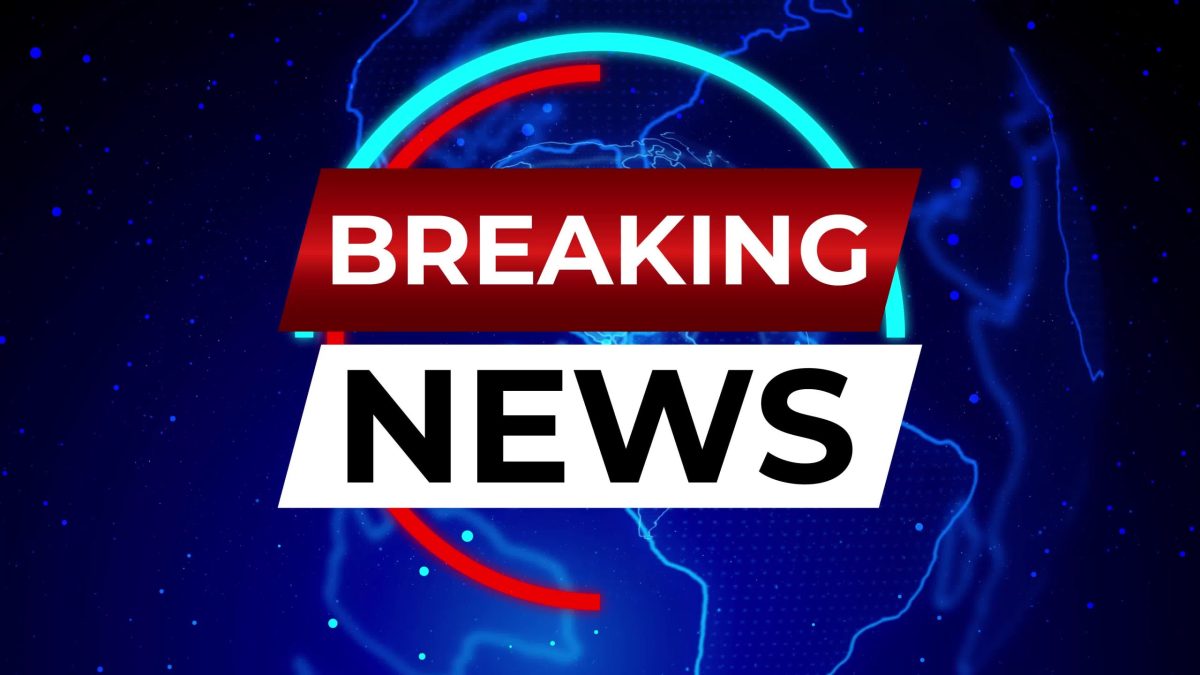At the 2009 Academy Awards ceremony at the Kodak Theater in Los Angeles, the Oscar for the Best Documentary Feature was awarded to British filmmaker James Marsh, whose masterpiece ‘Man on Wire’ had enthralled audiences the world over since its release the previous year. The movie features maverick Frenchman Philippe Petit who, in 1974, performed what was then perhaps the most dangerous stunt you could ever conceive of — a highwire walk 1312 feet above the ground on a 200kg steel cable that connected the Twin Towers of the World Trade Centre in New York City. He accomplished that with just a 30-foot, 25 kg balancing pole, with no protective gear whatsoever. He walked for 45 minutes, and made eight passes along the wire, during which he even danced and sat down on the wire to salute the crowd below. He was later arrested, but released on the promise that he will perform for kids in a much safer setting (which he not only did, but he has been living in New York ever since).
Two hundred and thirty-one miles southwest of the World Trade Centre is 1600, Pennsylv.a Avenue in Washington, DC, where US President Joe Biden resides in a building called the White House. For the last several days, Biden and his top cabinet members and advisers have been ensconced in the Situation Room walking a tightrope more dangerous than Petit’s, and the consequences of which could have a long-lasting impact on world history.
In the middle of a rampaging Donald Trump who is winning both the opinion polls and real elections in the run-up to the Republican nomination for President, Biden has the responsibility to prevent a World War. Well, at the very least, a massive regional conflagration that could consume West Asia and one that could bring nuclear weapons into the equation.
Last Sunday, the US lost three soldiers in Jordan after a drone attack by suspected Ir.an proxies targeted its troops, and Biden has this balancing act ahead of him — how to avenge the deaths without lighting a fire that consume the entire geography of world’s most politically sensitive region.
The White House has more or less given up convincing Israel to go slow on its war against Hamas in which an estimated 25,000 Palestinians have died since October 2023. Since then, Iran-backed Houthi rebels in Yemen have attacked American facilities in the region more than 160 times.
Hezbollah, also an Iran-funded militia group in Lebanon and much better equipped than Hamas, has been attacking Israel from the north. In just 24 hours, this past Monday, Hezbollah launched 13 attacks on specific targets in northern Israel. The Houthis in Yemen have repeatedly attacked merchant ships in the Red Sea, including an Indian chemical tanker named MV Chem Pluto on December 23. As a result of these attacks, global trade has been significantly impacted, and shipping firms have had to use alternative routes that are not only expensive, but make their vessels reach their destinations cripplingly late.
The US retaliatory attacks in the last month and a half have had minimal impact on the Houthis; the attacks have not only continued, but the intensity has gone up.
What, then, should Biden do?
There is no shortage of ‘go-after-them-and-annihilate-them’ demands from Biden’s domestic constituencies, including hardline Republicans who have been advocating the US President to directly launch an attack on Iran, instead of its proxies. He can’t; Iran has a stockpile of nuclear weapons, and in the event of a larger military conflict in the region, its first target will be Israel.
Meanwhile, Trump has repeatedly called Biden “weak” and squarely blamed him for the chaos in West Asia. This view has found resonance not only among Republicans, but also those independents that are undecided who they vote for this November. Republican presidential contender Nikki Haley has been pushing Biden to target the religious leaders in Iran, the people who wield real power in the Shia-majority country.
American news television channels — which are almost always loud on national security issues — have featured hawkish viewpoints on their programmes, with almost every single politician and policy wonk asking Biden to lead a “calibrated assault on Iran” so as to minimise collateral damage. This is easier said than done. One wrong move, and Biden will have to deal with a much larger crisis.
For example, the consequences of Hezbollah launching missile strikes against critical Israeli cities can be devastating. It has not happened yet, but in the event of an American assault on Ir.an soil, this is not a possibility, it is a certainty. Houthis, meanwhile, will lead an assault from the south.
America’s adversaries in the region have not begun to accurately predict Washington’s responses to strikes, they are tactically two steps ahead. As a result, America’s Middle East policy since the time of George W Bush’s presidency, followed by Barack Obama, Trump and now Biden, has been a veritable failure. (The Nobel committee had even awarded Obama a Peace Prize in anticipation of long-lasting amity in the region, a decision that will go down in its committee’s history as perhaps its most laughable)
The American President’s job is never easy, but Biden is currently facing the Oval Room’s biggest crisis since September 11, 2001. It is also a dilemma. In the larger context of the conflict, losing three soldiers can be emotionally overwhelming, but it pales in comparison with the number of civilian casualties. But American voters would want vengeance for the three, not the 25,000 dead in Gaza. In fact, they have already begun demanding it, and if they don’t get it or do not see evidence of any action, they will show their resentment on election day on the first Tuesday of this November.
Petit’s balancing stunt was much easier.
Sachin Kalbag, Senior Fellow at The Takshashila Institution, is a former Washington Correspondent and editor of Indian newspapers. He can be reached at sachin@takshashila.org.in. He tweets at @SachinKalbag.
